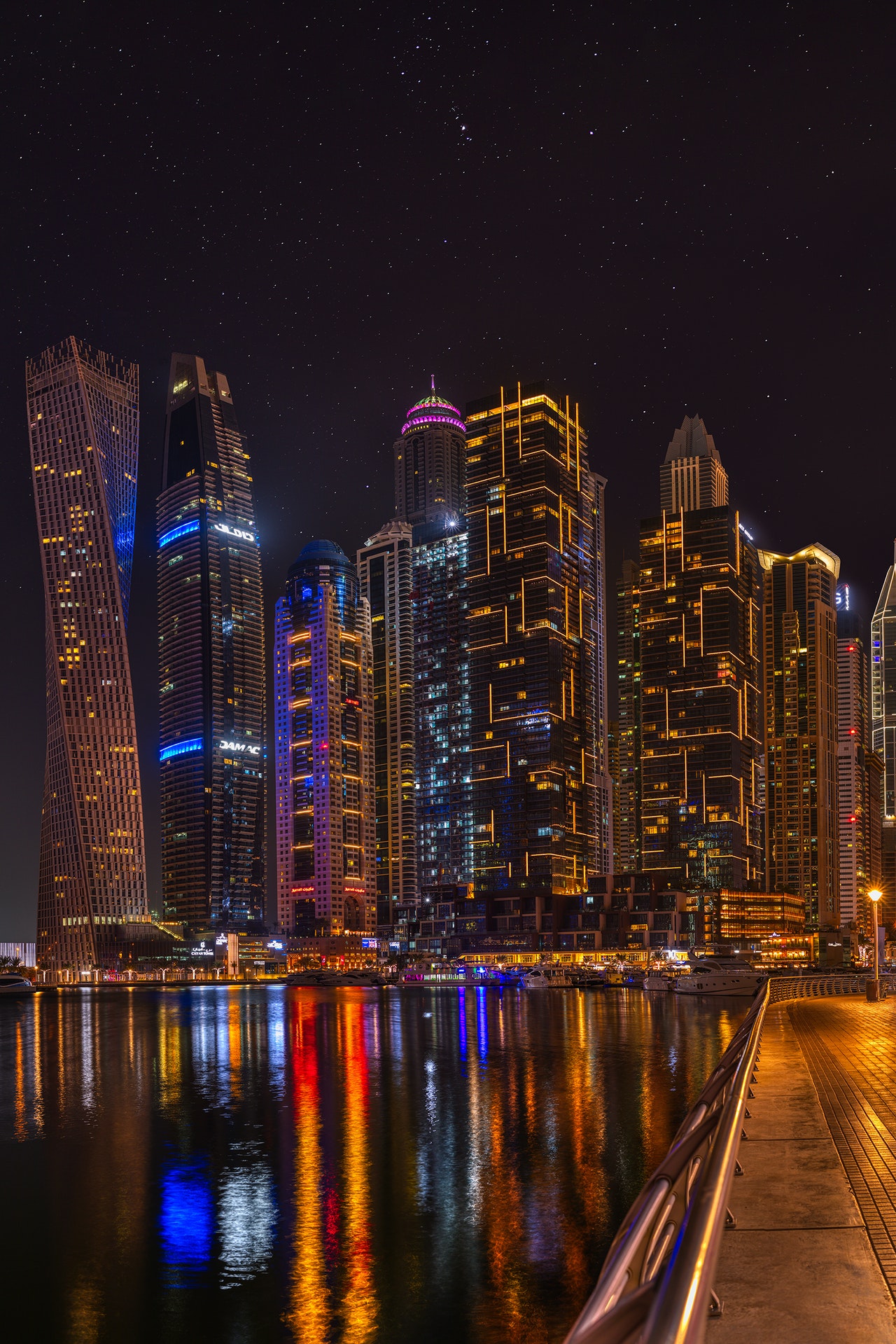Think Middle East economies and you think oil. Yet Dubai—the most populated of the United Arab Emirates and home to the world’s tallest building—gets less than 1 percent of its gross domestic product from fossil fuels. In less than 50 years, it has morphed from a small Gulf port into a state-of-the-art city, home to mostly foreigners.
Dubai’s strategy has been to grow beyond a reliance on petrodollars, Bloomberg reports. Since the 1970s, it has invested heavily in construction and infrastructure, creating a global center for finance, real estate and tourism. Globally, its most iconic structures are the Burj Khalifa skyscraper and man-made Palm archipelagos, which fan out into the Persian Gulf.
Relentless development has turned Dubai into a major financial, shipping and real estate hub. Now the city is gearing up for Expo 2020, the first time the global trade fair will be held in the Middle East. Billions of infrastructure dollars are being spent in the Emirate, including by Dubai’s electricity and water authority, which will spend 81 billion dirhams ($22 billion) on energy projects over the next five years.

